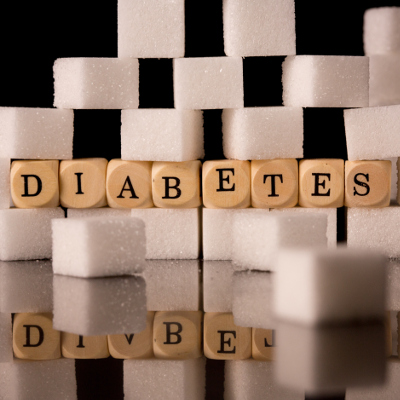Using AI to control energy for indoor agriculture
30 September 2024
Published online 23 February 2015
Over the next decade, one in four Saudis is very likely to get a heart attack, and some of those may be fatal, reveals a new study.

Of the 4,900 urban-dwelling Saudis monitored by the team, 26% were at high risk of having a heart attack in the next decade. Those in the cohort did not have a history of cardiovascular diseases (CVD), and were between the ages of 20 and 40.
These alarming results were presented last week at the 26th Annual Conference of the Saudi Heart Association.
“Unhealthy lifestyles start at a young age in the Gulf and people reap the consequences early in life,” says Soofi. Of those studied, the researcher found out that 25% had diabetes, 34% hypertension, 25% were smokers, 27% were obese, 86% were not involved in any physical activity and 19% had dyslipidemia, an abnormal level of lipids in the blood.
The scientists used the Framingham Risk Score, a gender-specific algorithm that estimates an individual’s 10-year cardiovascular risk.
The overwhelming popularity of Western fast food chains in the wealthy kingdom, compounded by a dearth of physical activity have led to soaring levels of diabetes and obesity.
“They eat more fast food and do not exercise. Atherosclerosis, obesity and other risk factors settle in at a very early stage and ultimately lead to heart attacks and even death at a young age,” explains Soofi.
When diabetes was excluded as a factor, the proportion of subjects at high risk of a fatal or non fatal heart attack fell to less than 5%, indicating that diabetes is the leading cause of cardiovascular disease.
According to Joe Proietto, professor of Medicine at Melbourne University and a specialist in Type 2 diabetes, the disease is a significant risk factor for coronary events, partly because it is often present with a metabolic syndrome which clusters multiple risk factors in the one individual. “So if you have obesity and type 2 diabetes you are very likely to have abnormal lipids and high blood pressure,” he says.
“If the situation remains as it is now, today’s 30 year olds will be a burden on society rather than active contributors by age 50,” says Soofi.
Diabetes is also responsible for atherosclerosis, which is the narrowing of small and large blood vessels which lead to cardiovascular diseases and strokes.
“We know from previous studies that more than 60% of diabetics die of a heart attack,” says Saud El Sifri, chairman of Internal Medicine and director of Diabetes Center, Al Hada Armed Forces Hospital in Taif, Saudi Arabia.
Despite large extensions of Saudi hospitals to provide care for the increasing number of heart patients, the demand outstrips available resources, he says. “The management of patients with CVD is taking the largest part of the health care budget in Saudi Arabia.”
Khalid Al Habib, president of the Saudi Heart Association, explains that the Gulf States have sophisticated tertiary care for heart disease patients, but lack primary prevention programmes.
Awareness campaigns are viewed as the best option to modify unhealthy lifestyle at the scale of the population, but campaigns launched in the Kingdom have not been successful so far.
“Most public health campaigns have failed,” says Proietto, who insists that “we must prevent obesity, the main driver of type 2 diabetes, by stopping children from becoming fat." Once someone becomes obese, it's a challenge to lose the weight again, he adds.
El Sifri believes that to reduce the heart mortality rates, the Saudi population needs to be made aware of the scale of the problem. “There should be awareness campaigns on TV, in the press, on social media, coupled with educational programmes at school to highlight the risk factors and change behaviour,” he concludes.
doi:10.1038/nmiddleeast.2015.35
Stay connected: